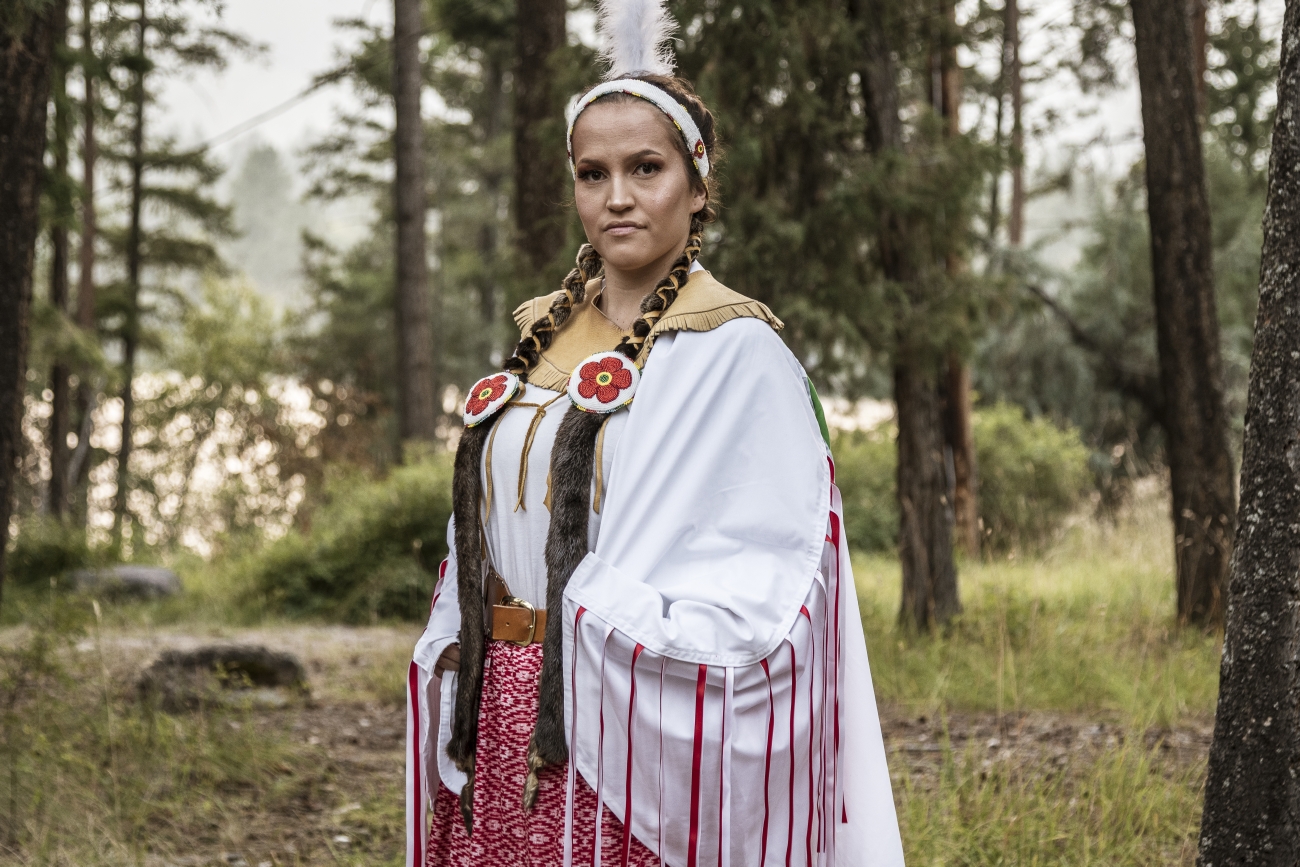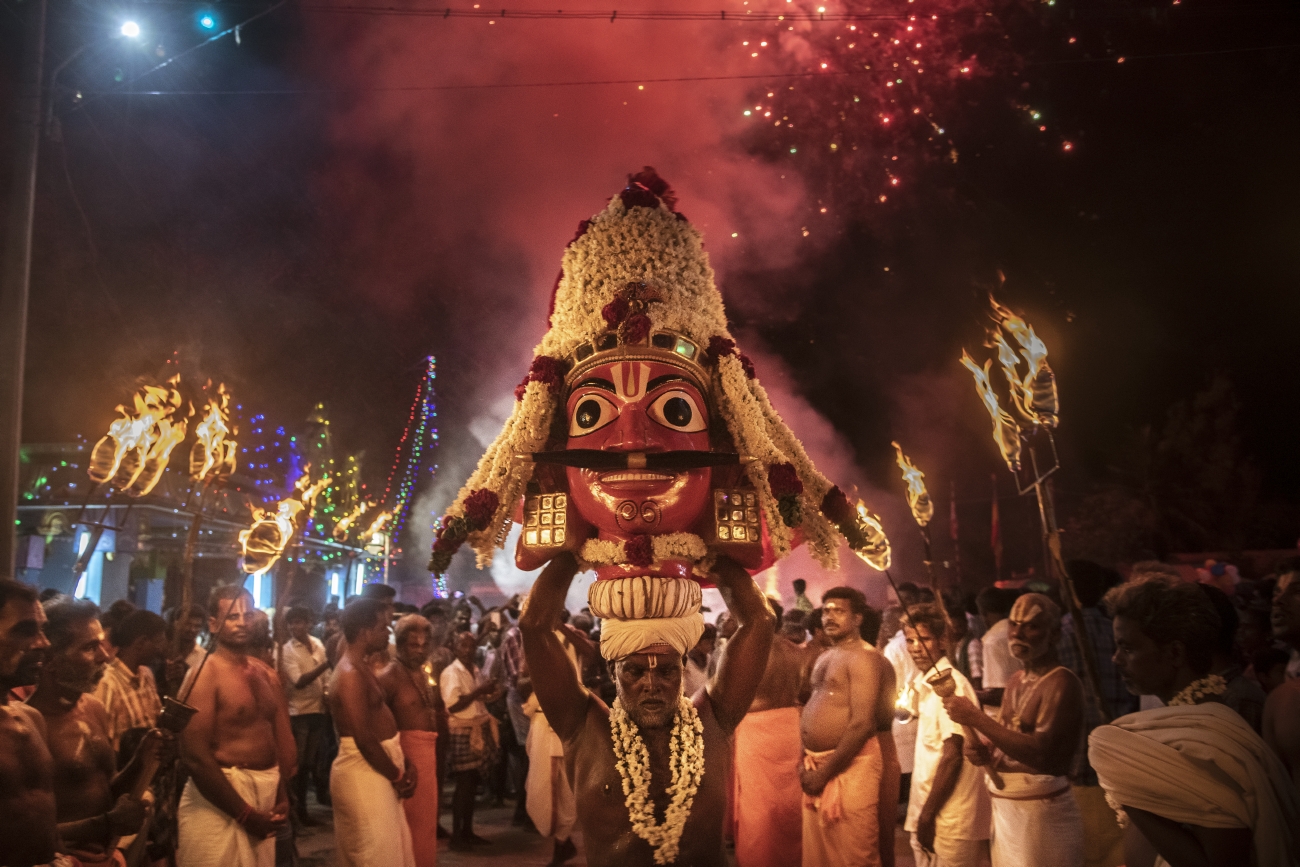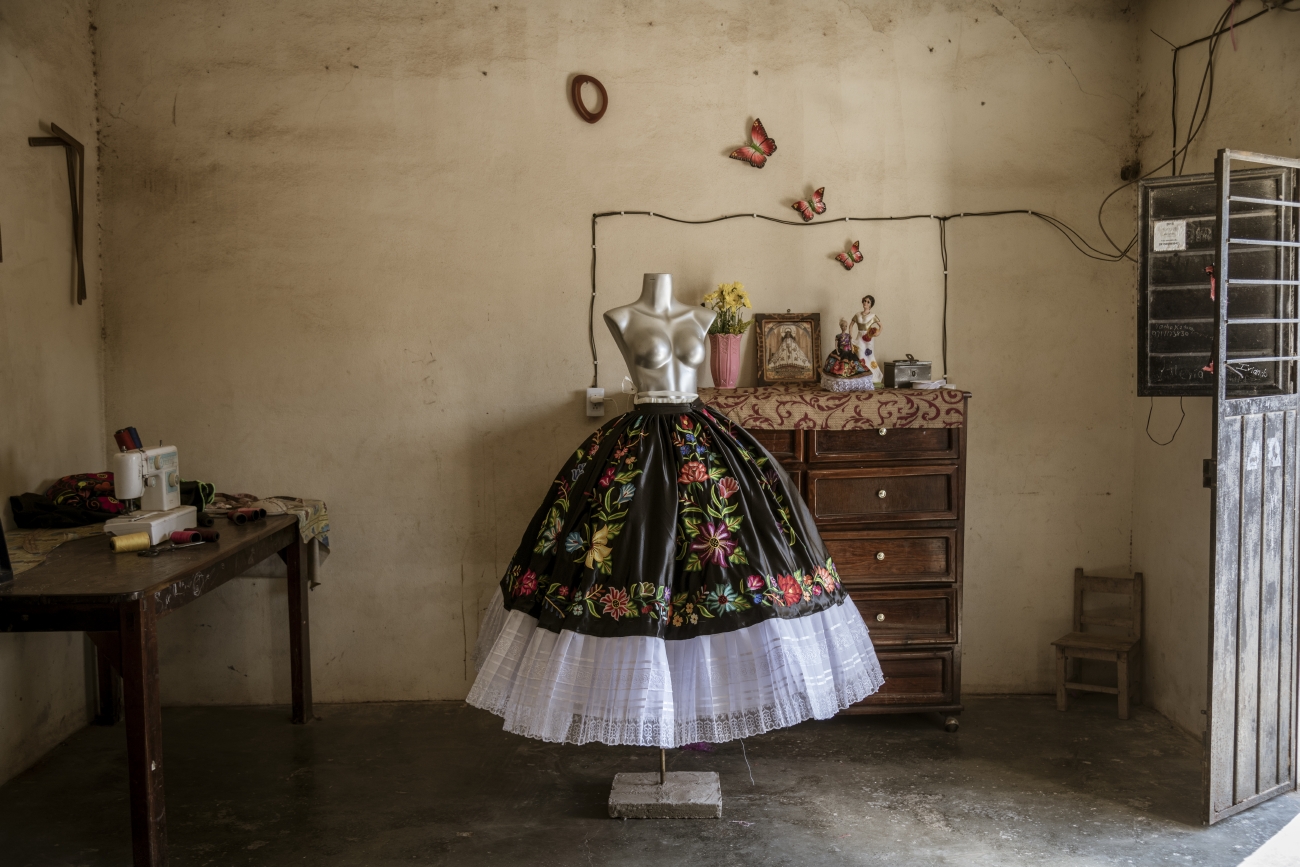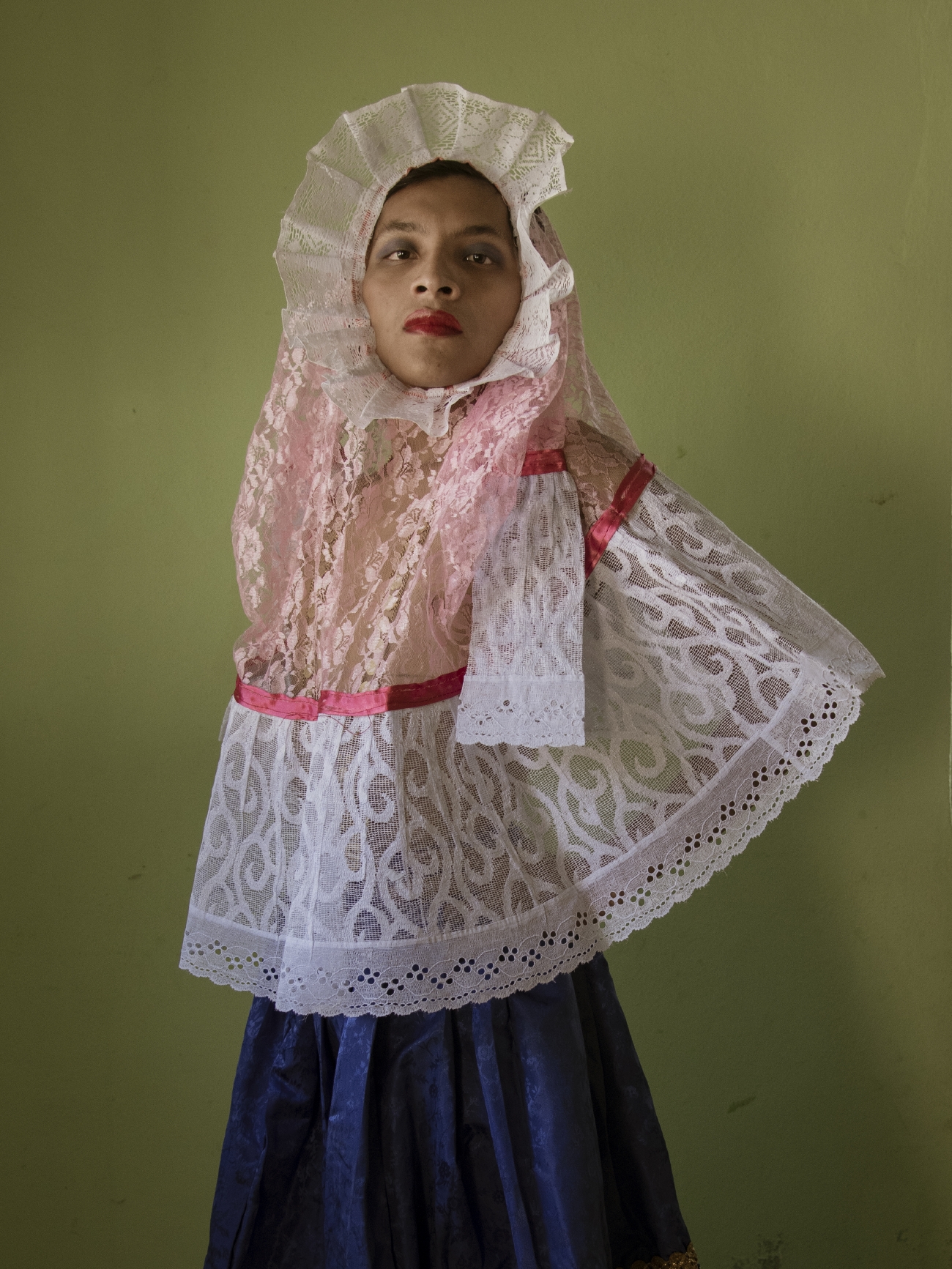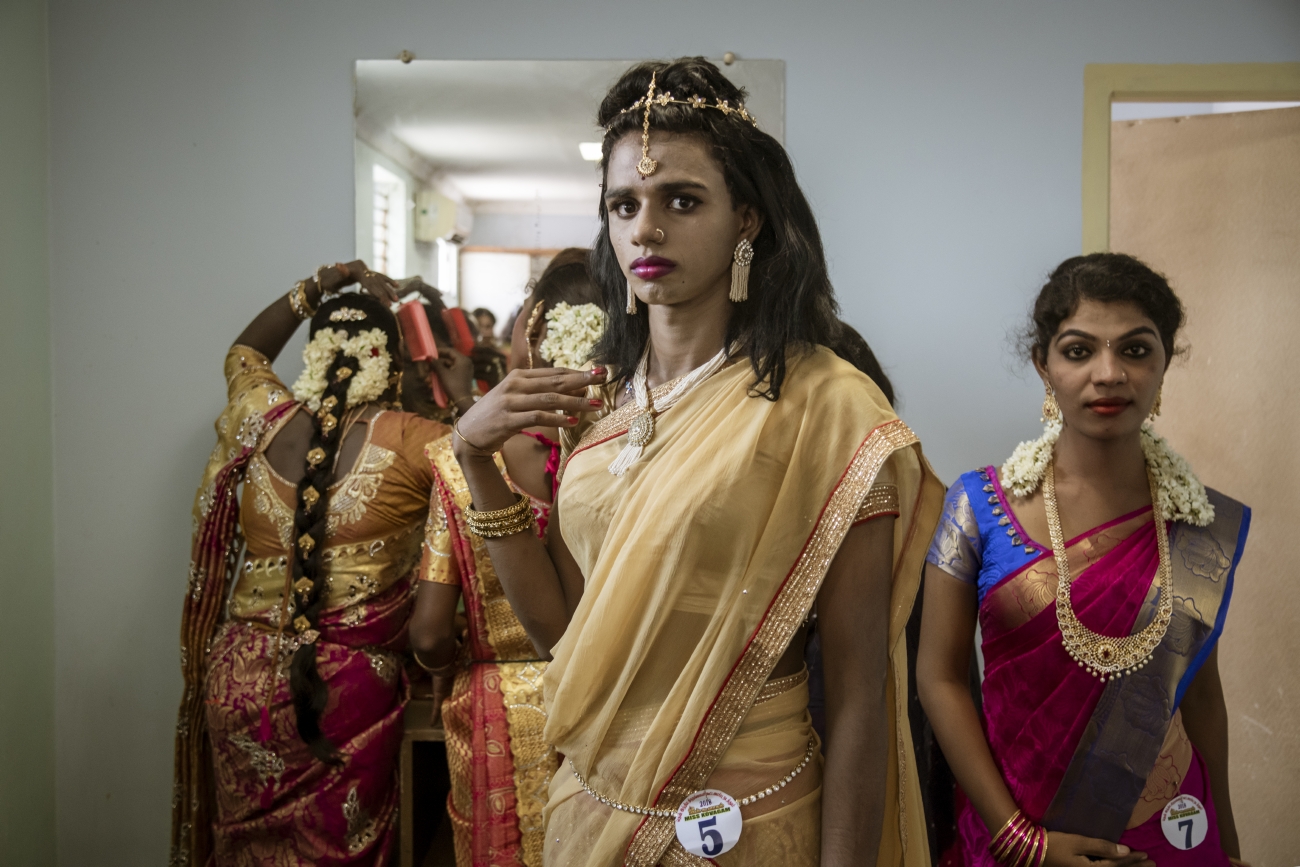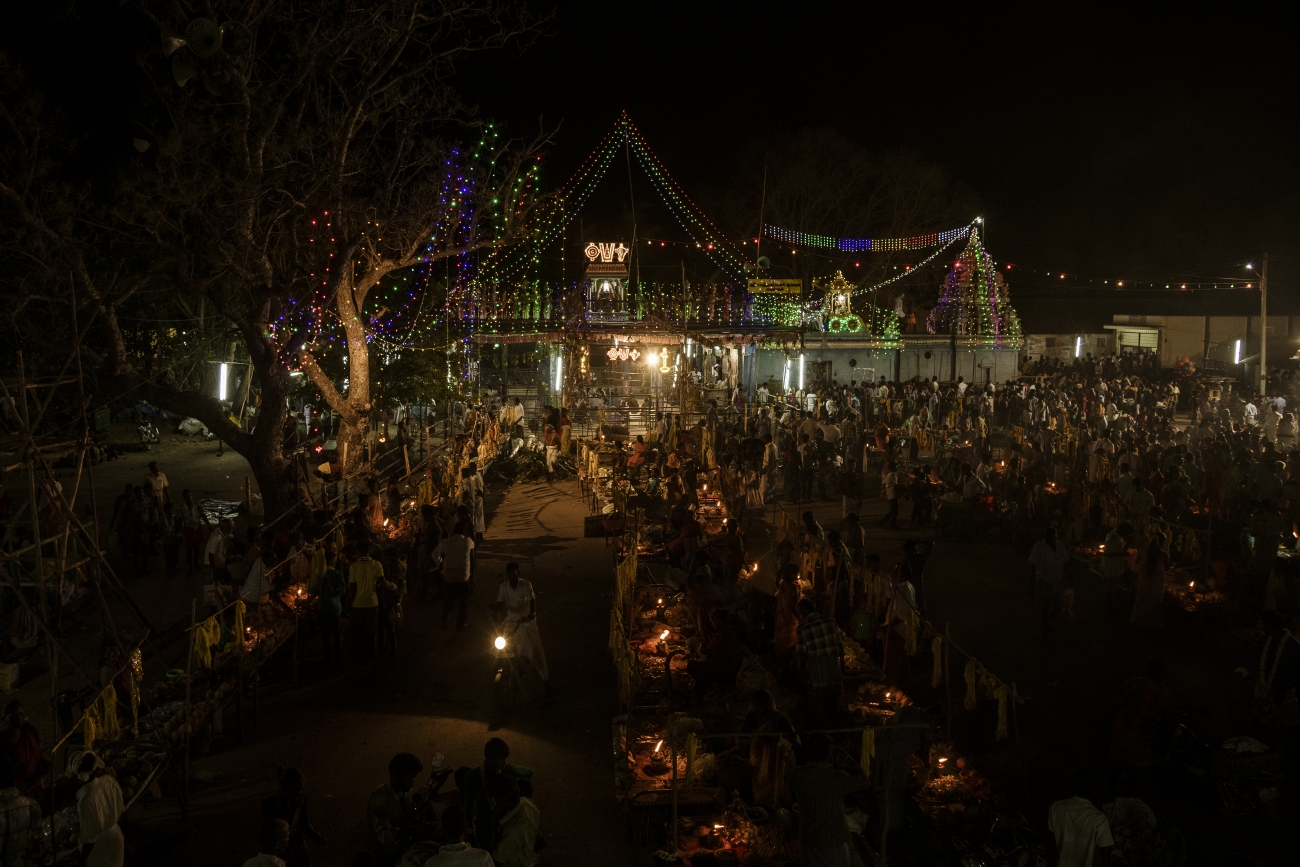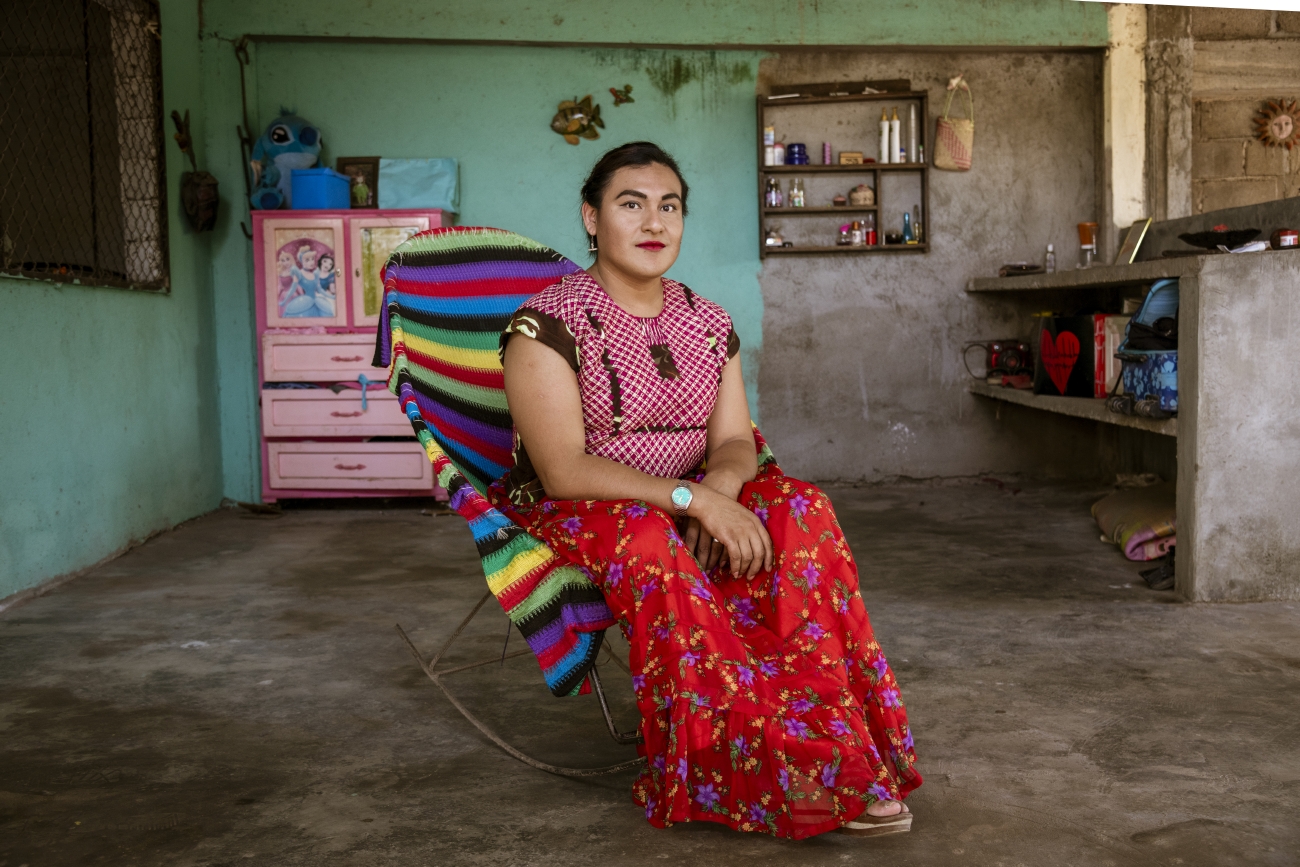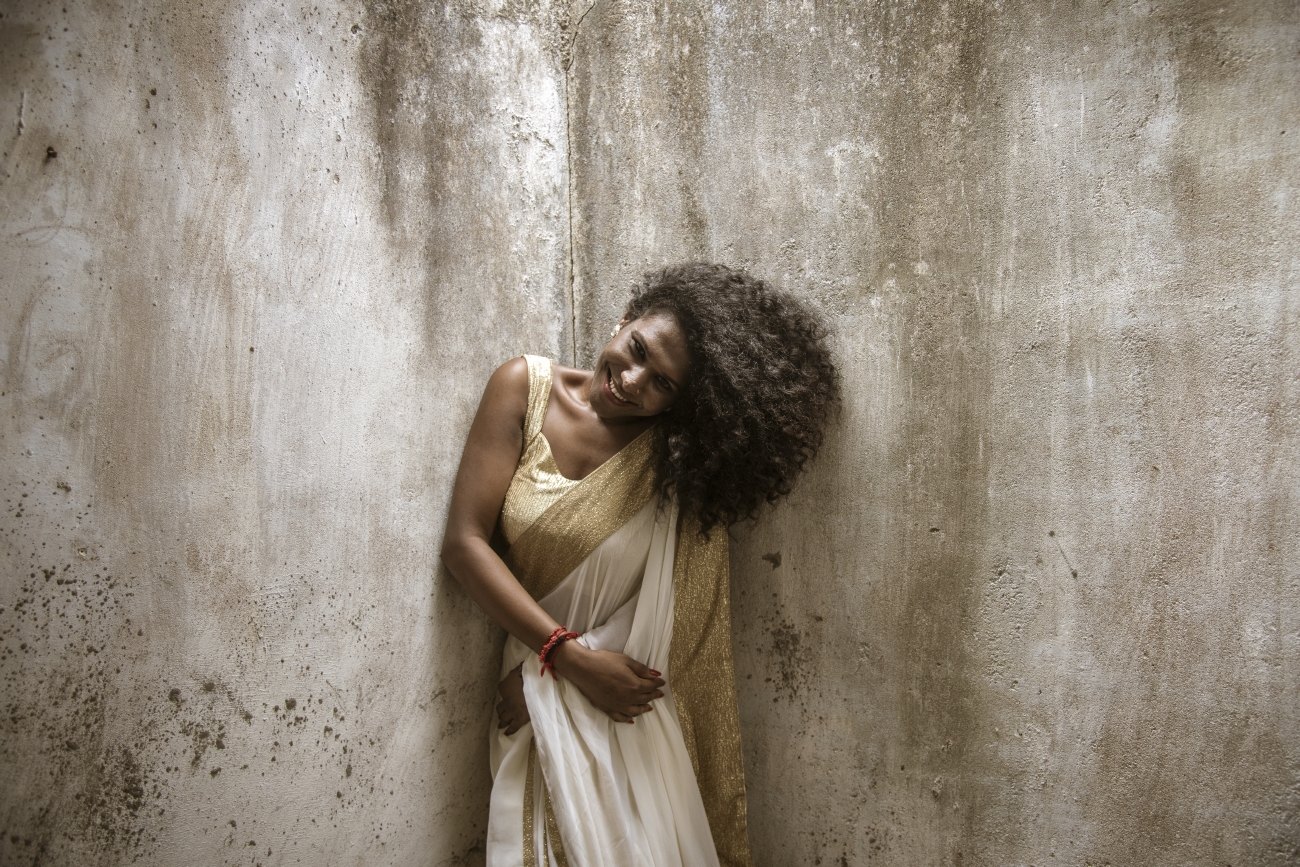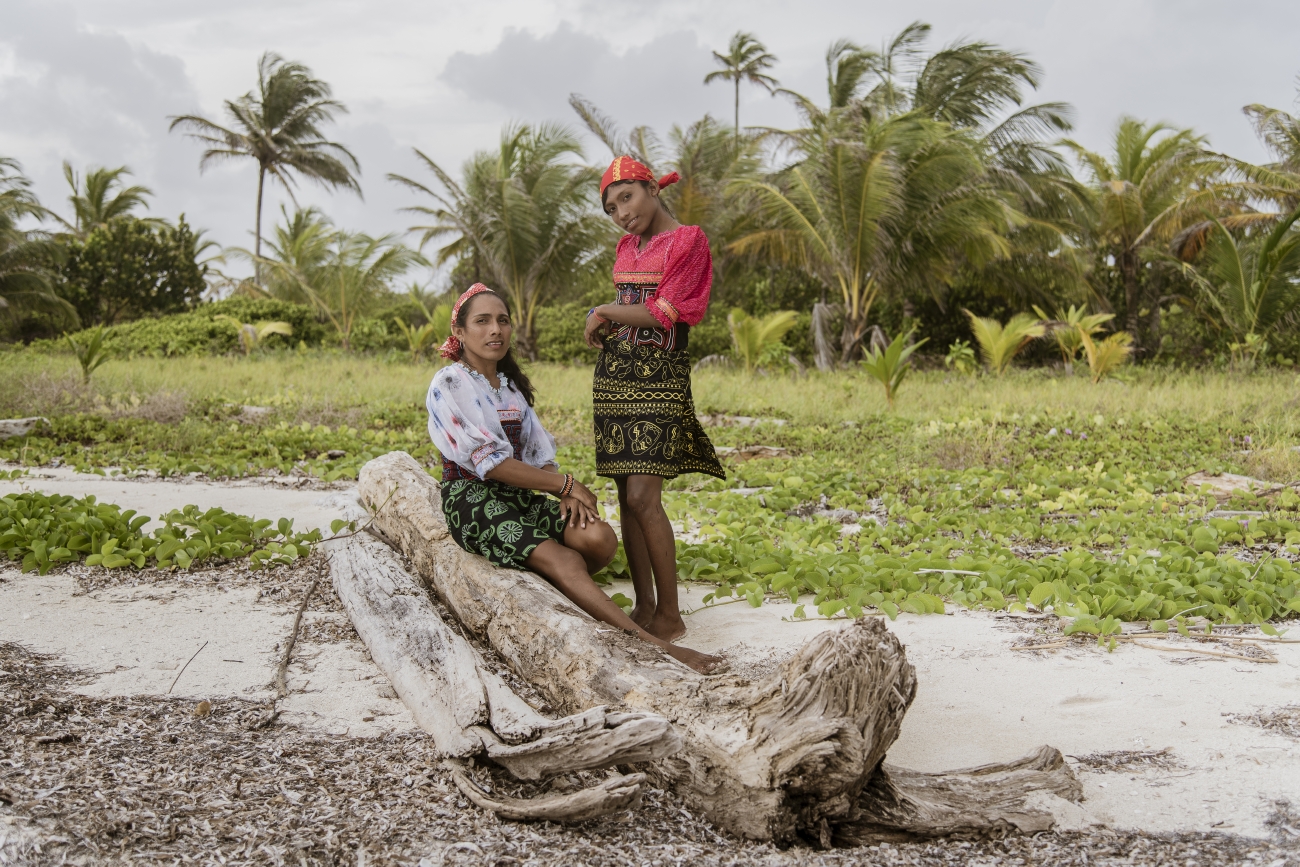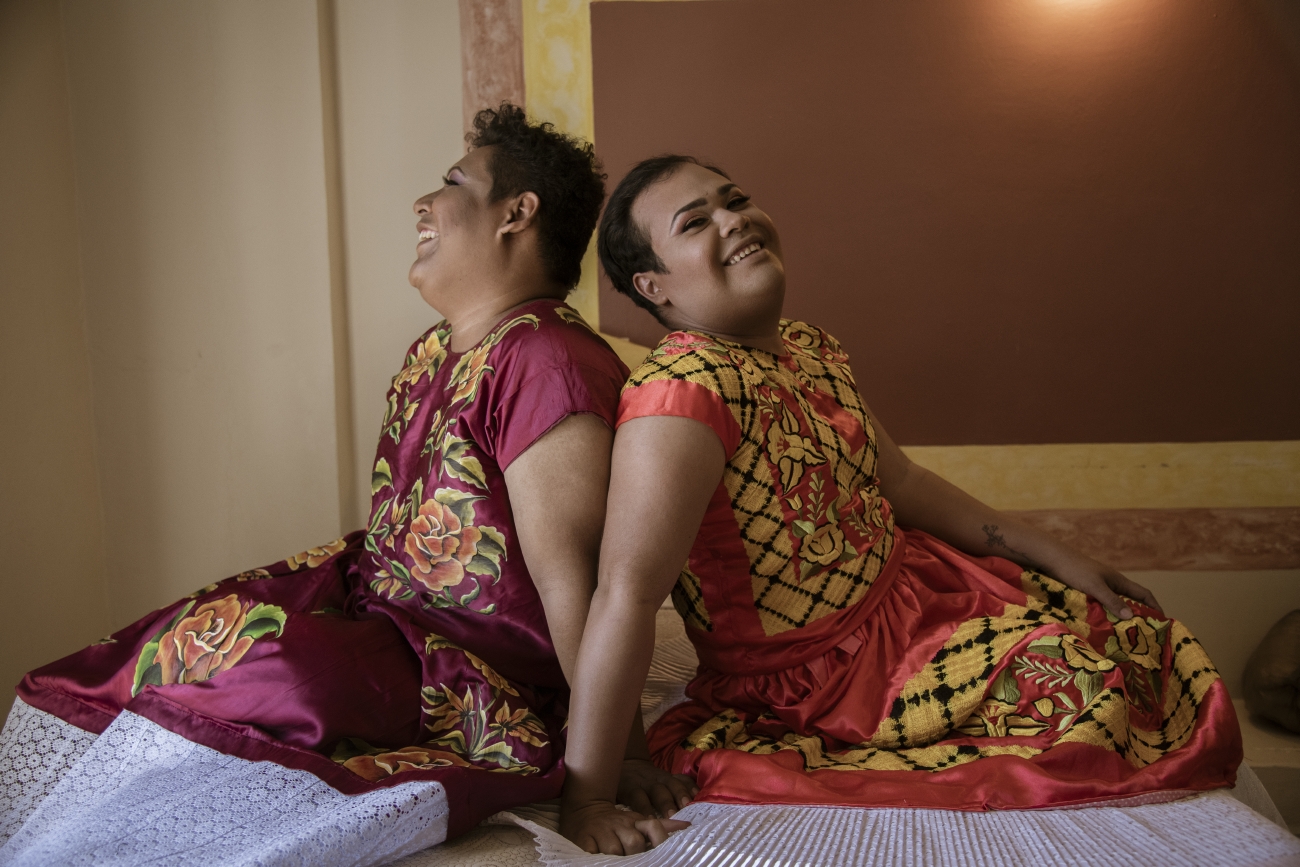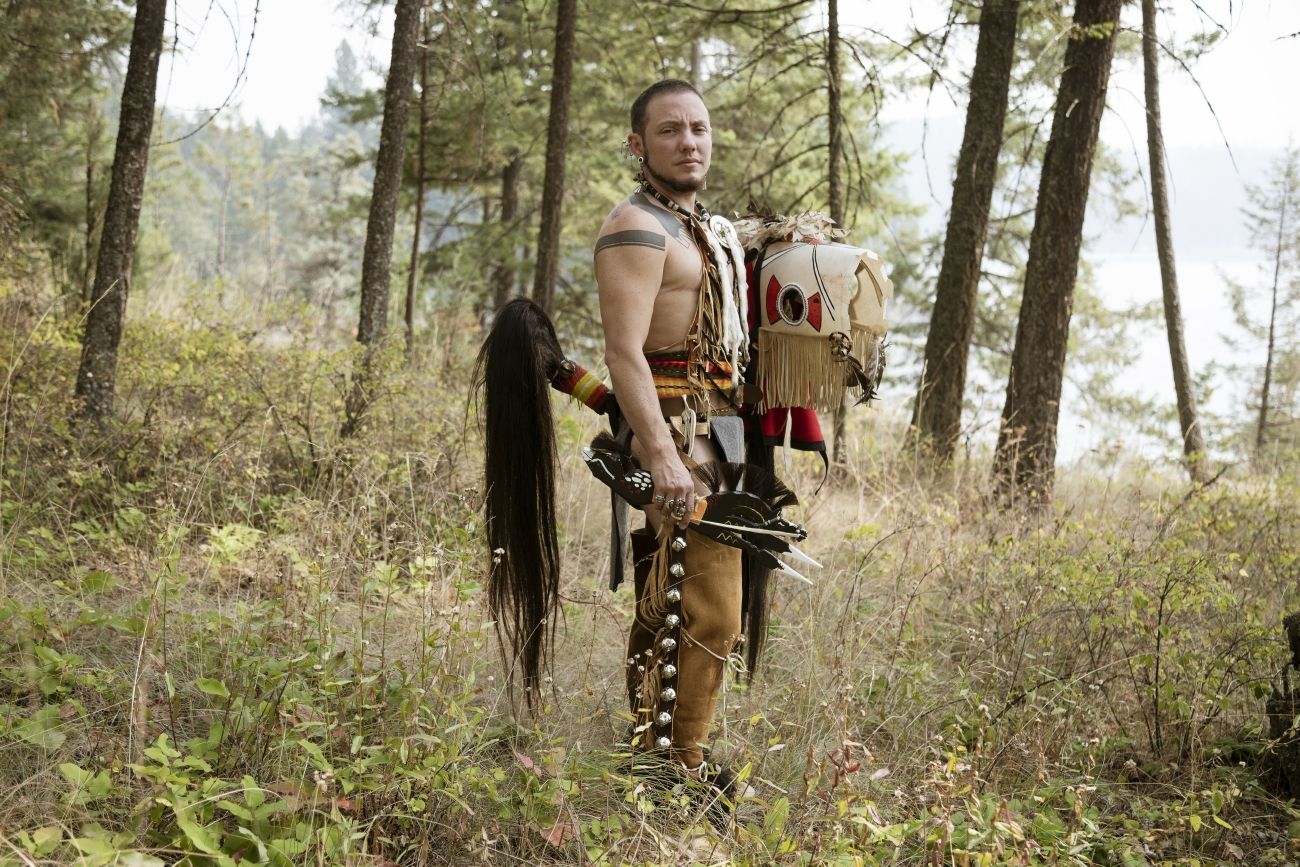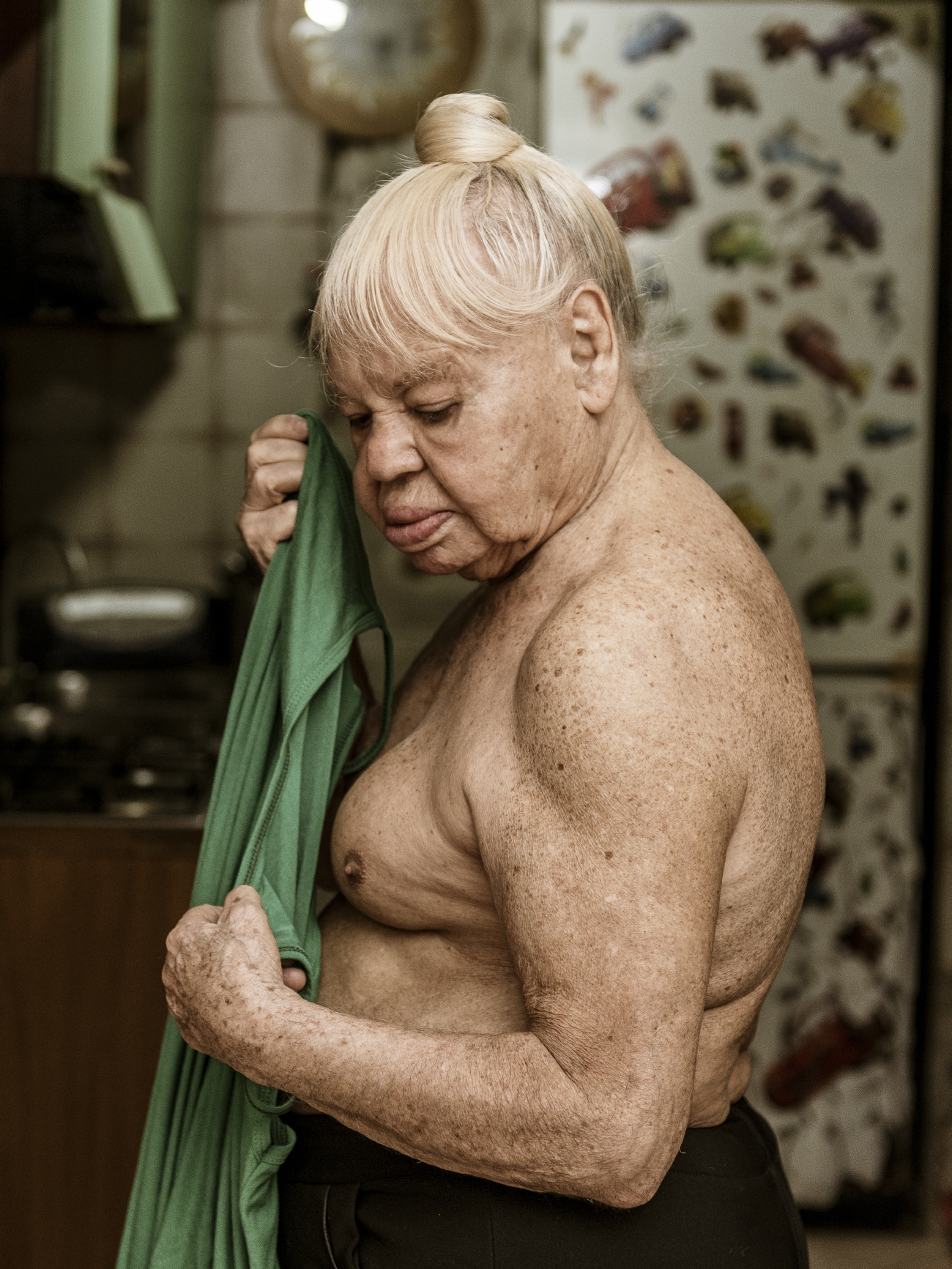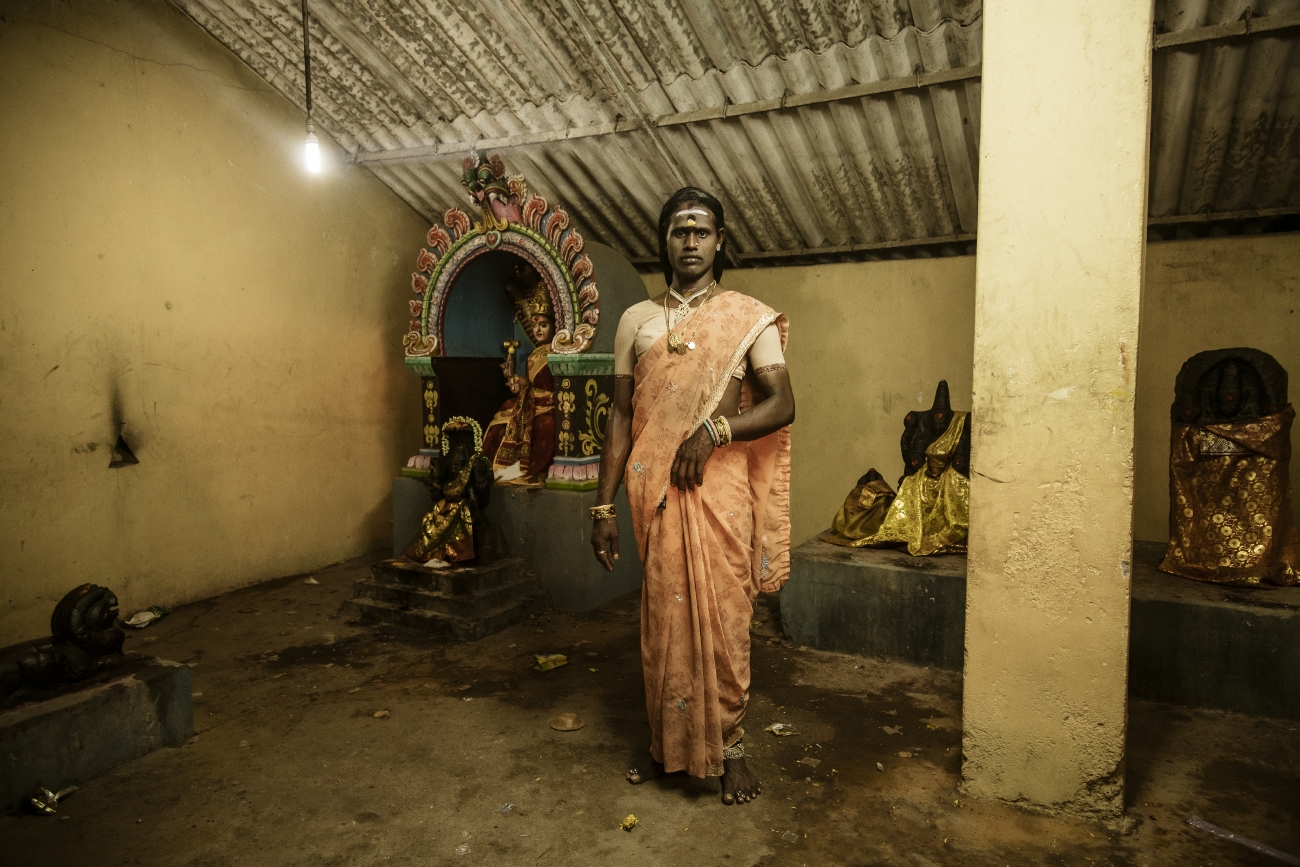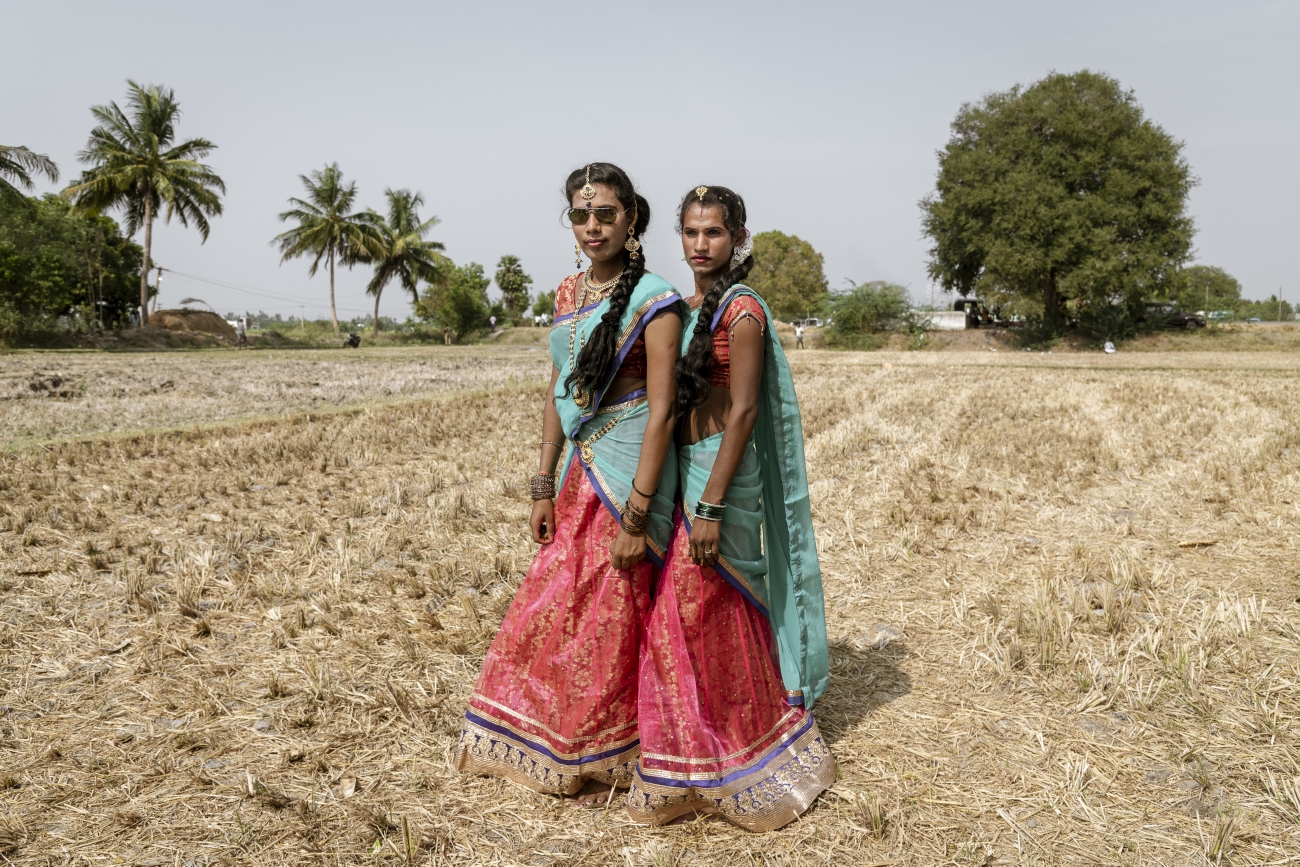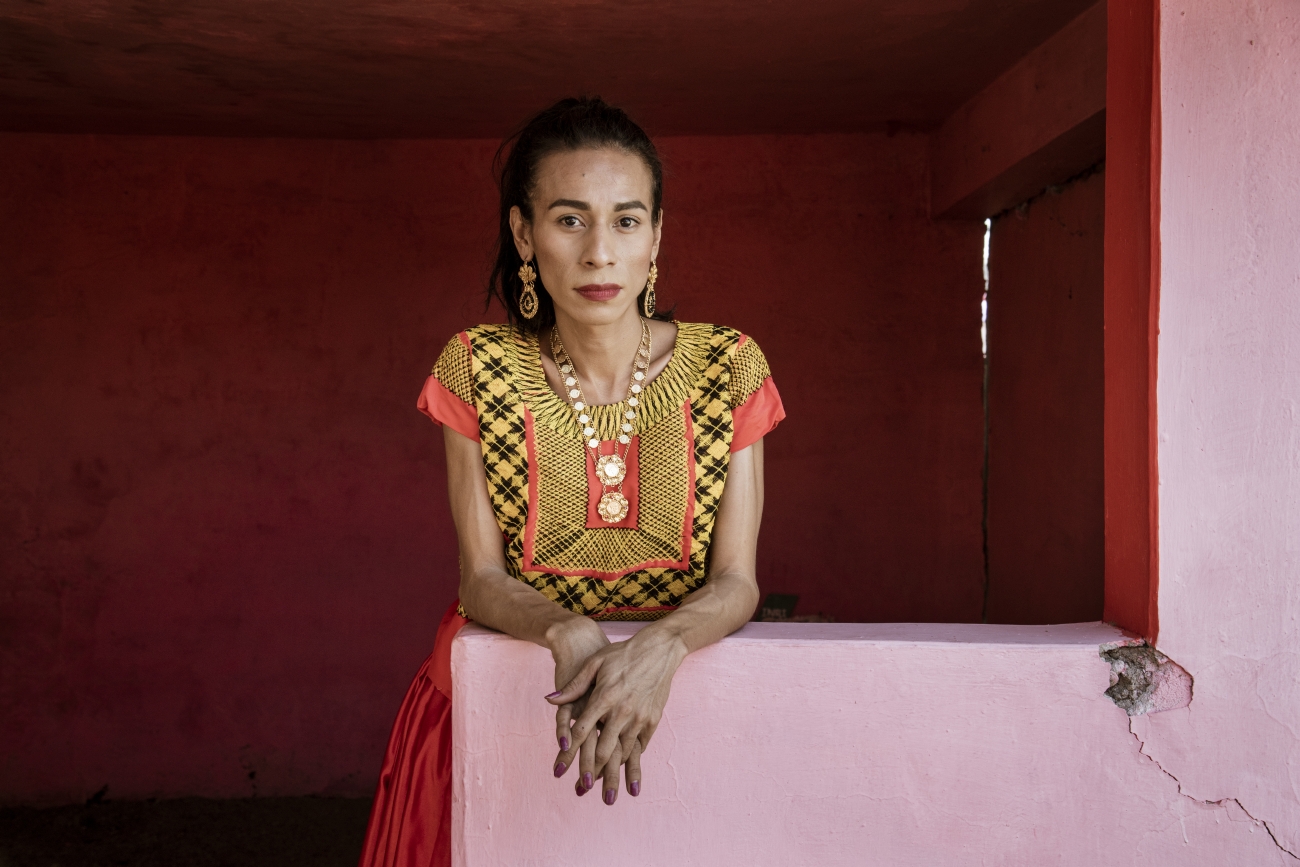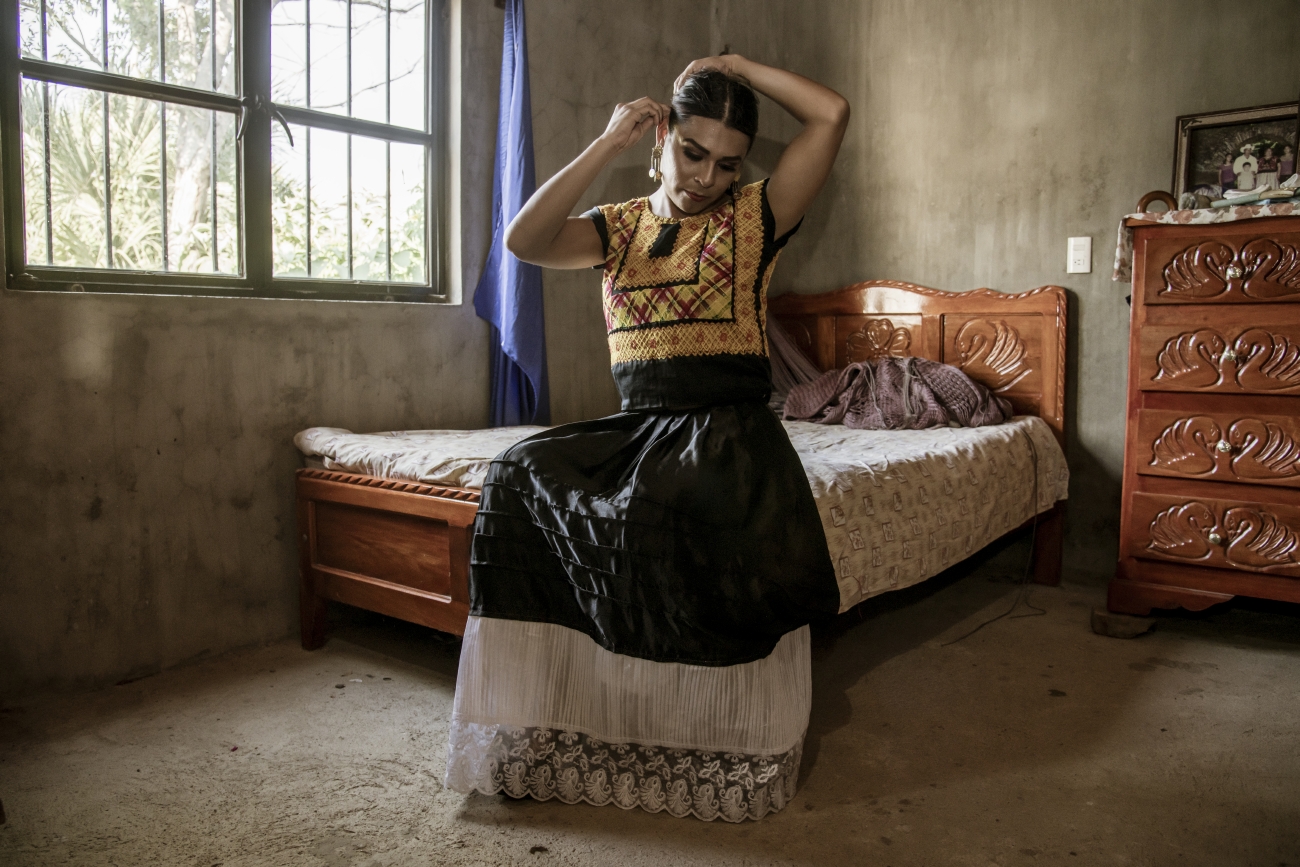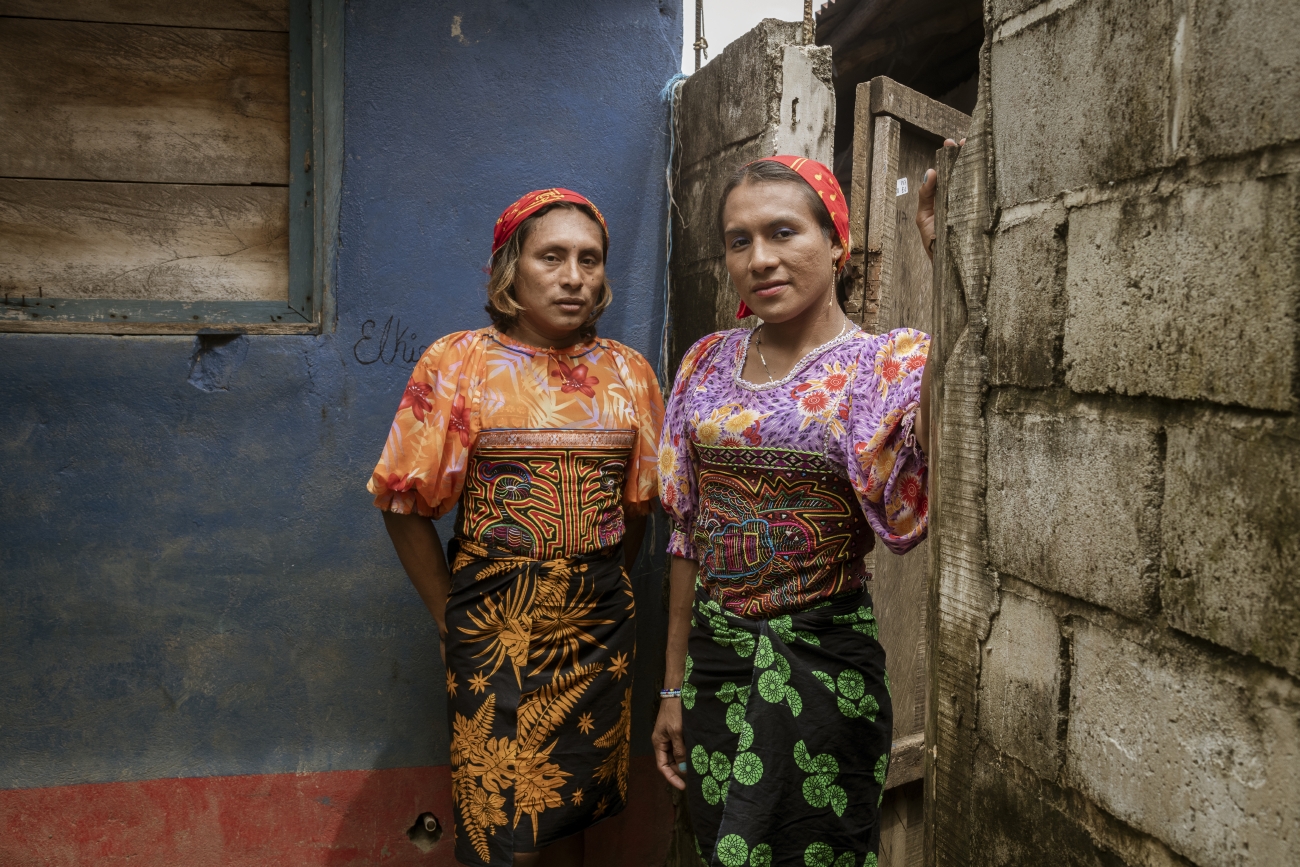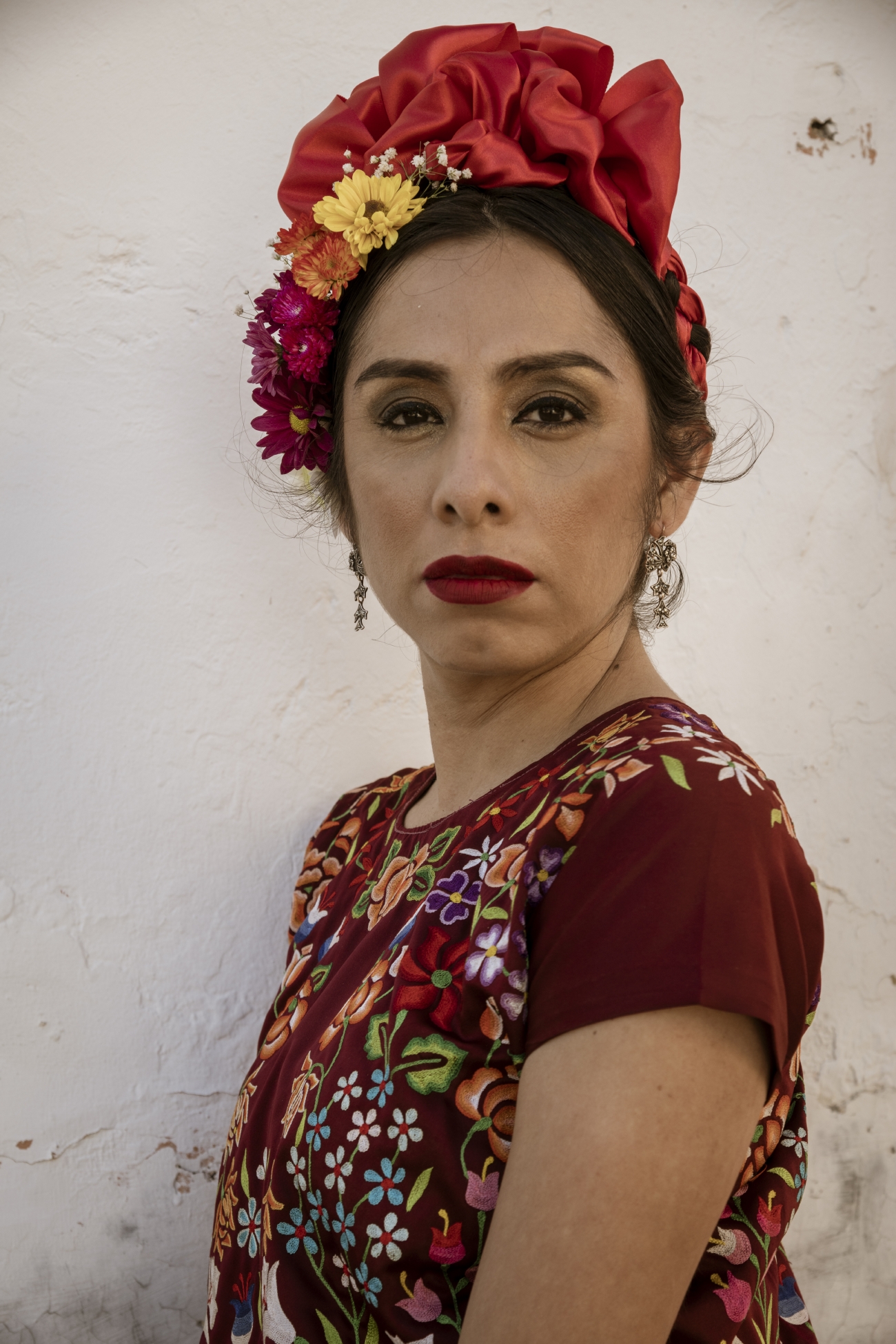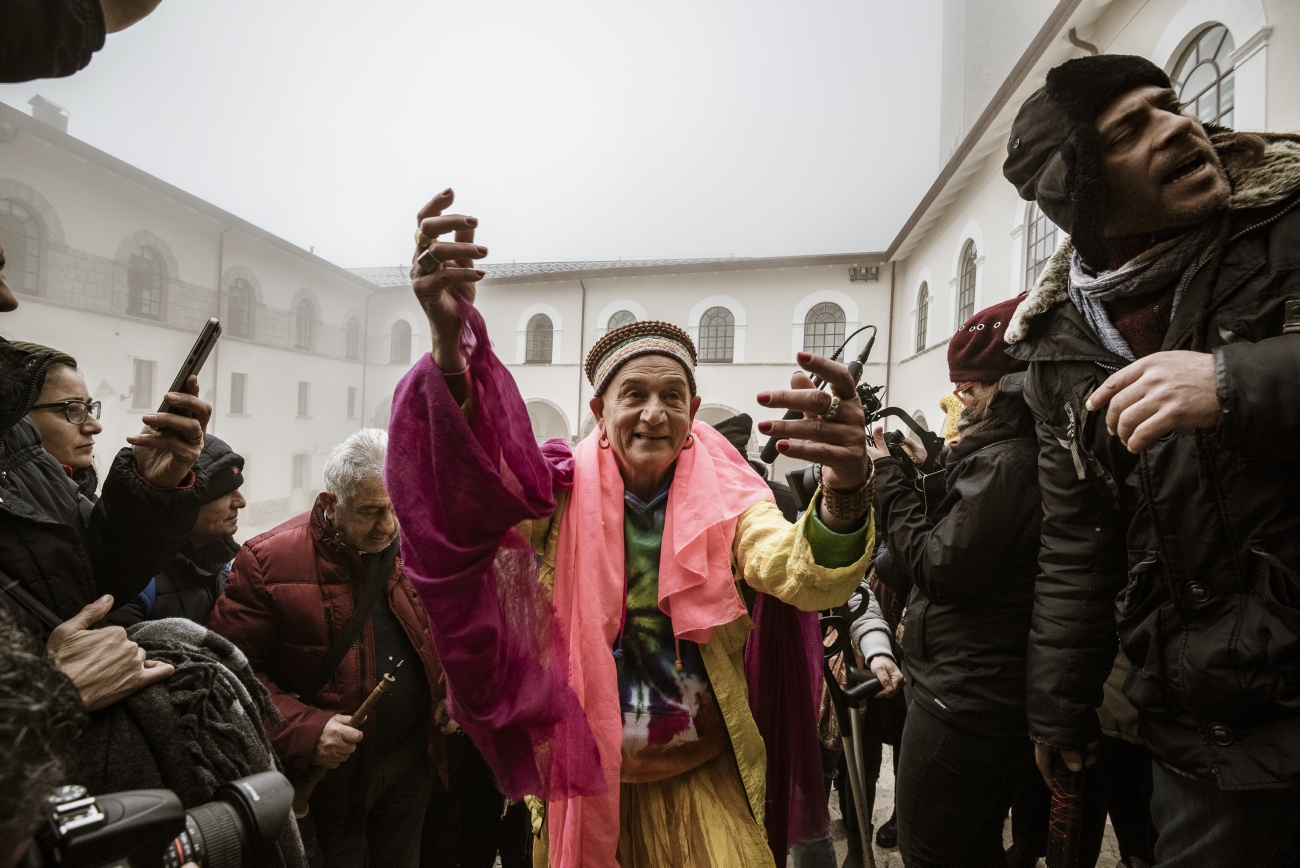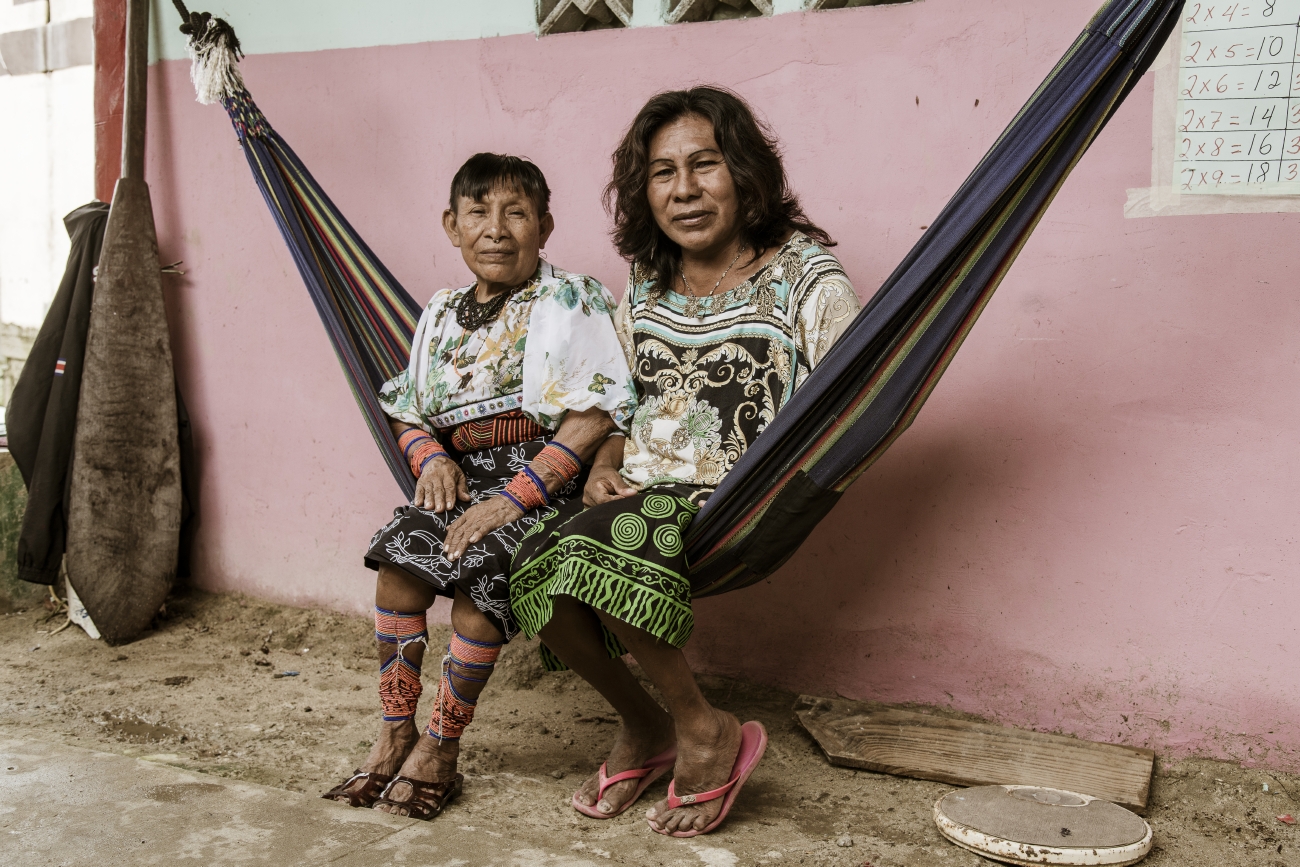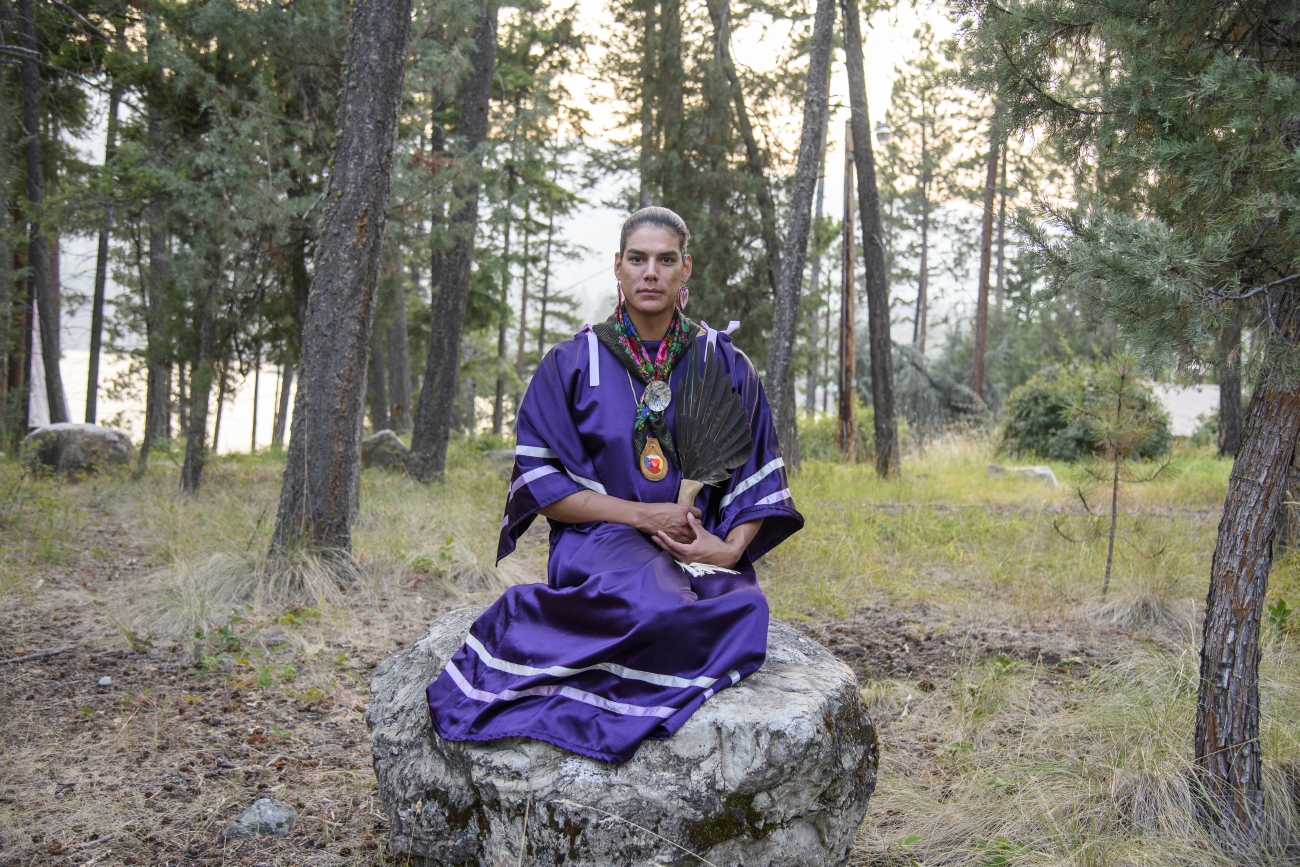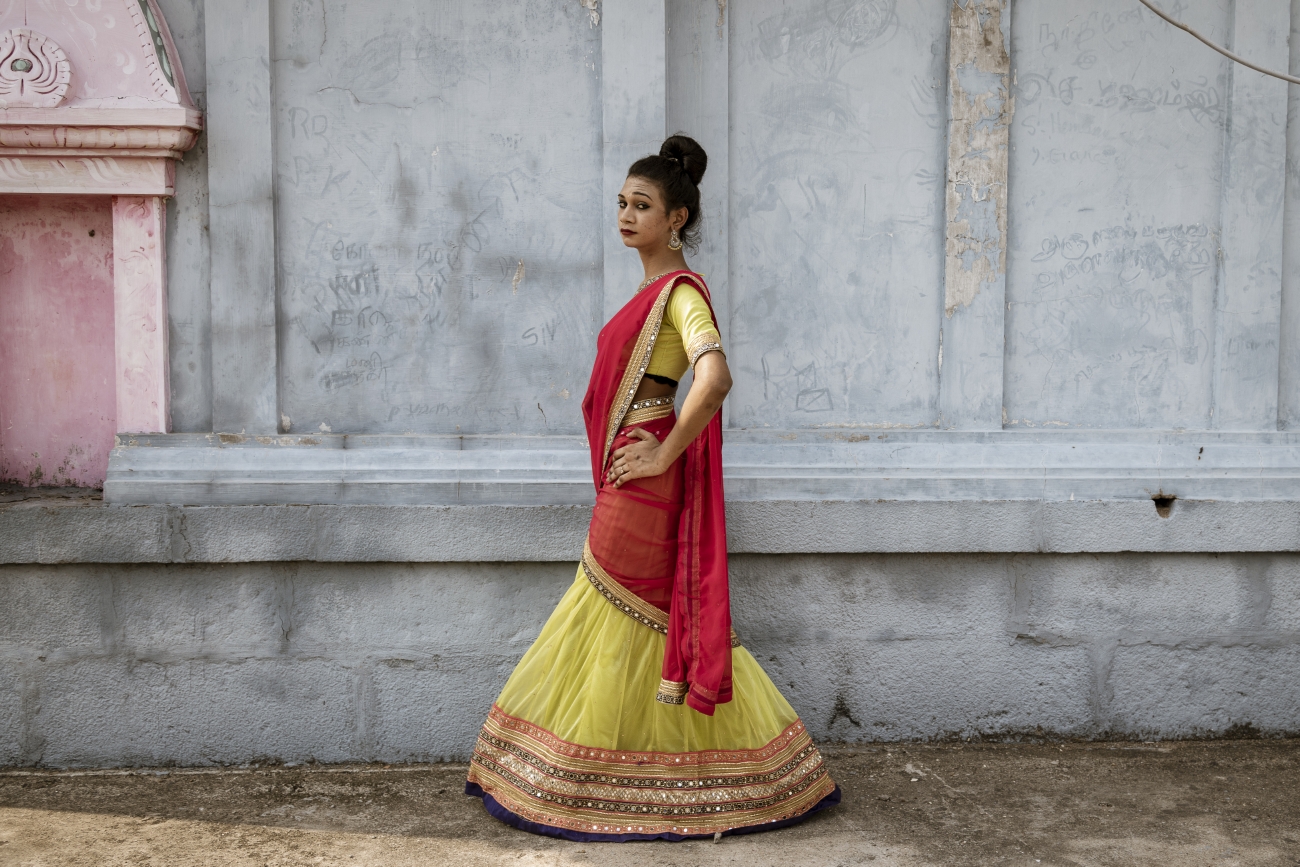Queer Divine
Gender fluidity and the relationship with divinity
Photos by Carlo Bevilacqua
They call it the “fluid third gender”. Indeed, western neologisms such as “gay” or “transgender” don’t fully encapsulate the complexity of a subject – gender diversity – that can’t really be reduced to a rigid binary structure. Many cultures continue to recognise different genders, accepting “polygender” customs that are often linked to ancient traditions and are sometimes even associated with the gods. This fluidity can be found in Hinduism, where those who are
born with a mixed male-female disposition are considered to be “blessed by the gods” (indeed, many Hindu deities possess androgynous identities or are intersex). Another example are the Zapotecs from the state of Oaxaca in Mexico, for whom homophobia practically doesn’t exist and a third gender – the “muxe”, neither male nor female, born with male genitalia but whom society considers as women – is also recognised by the local church.
(2017-2019)
In Naples, the so called “femminiello” has always brought good luck: according to tradition they possess the wisdom of knowing both worlds, male and female, thus enabling them to enjoy being in a privileged position. Within the Guna people from the archipelago of San Blas in Panama, Omeggid homosexuals and transsexuals hold what are generally to be considered women’s jobs (weaving, sewing, nannying children), and often have relationships with men from the community. “two-spirit” people still exist amongst the Native peoples of North America: they are neither men nor women, but an alternative third gender which is recognised within the community as having a sacred, spiritual role. It has always been believed that this dual identity is the result of a supernatural intervention: hence why in many tribes the two-spirits fulfil important roles, such as healers, shamans or ceremonial leaders.
